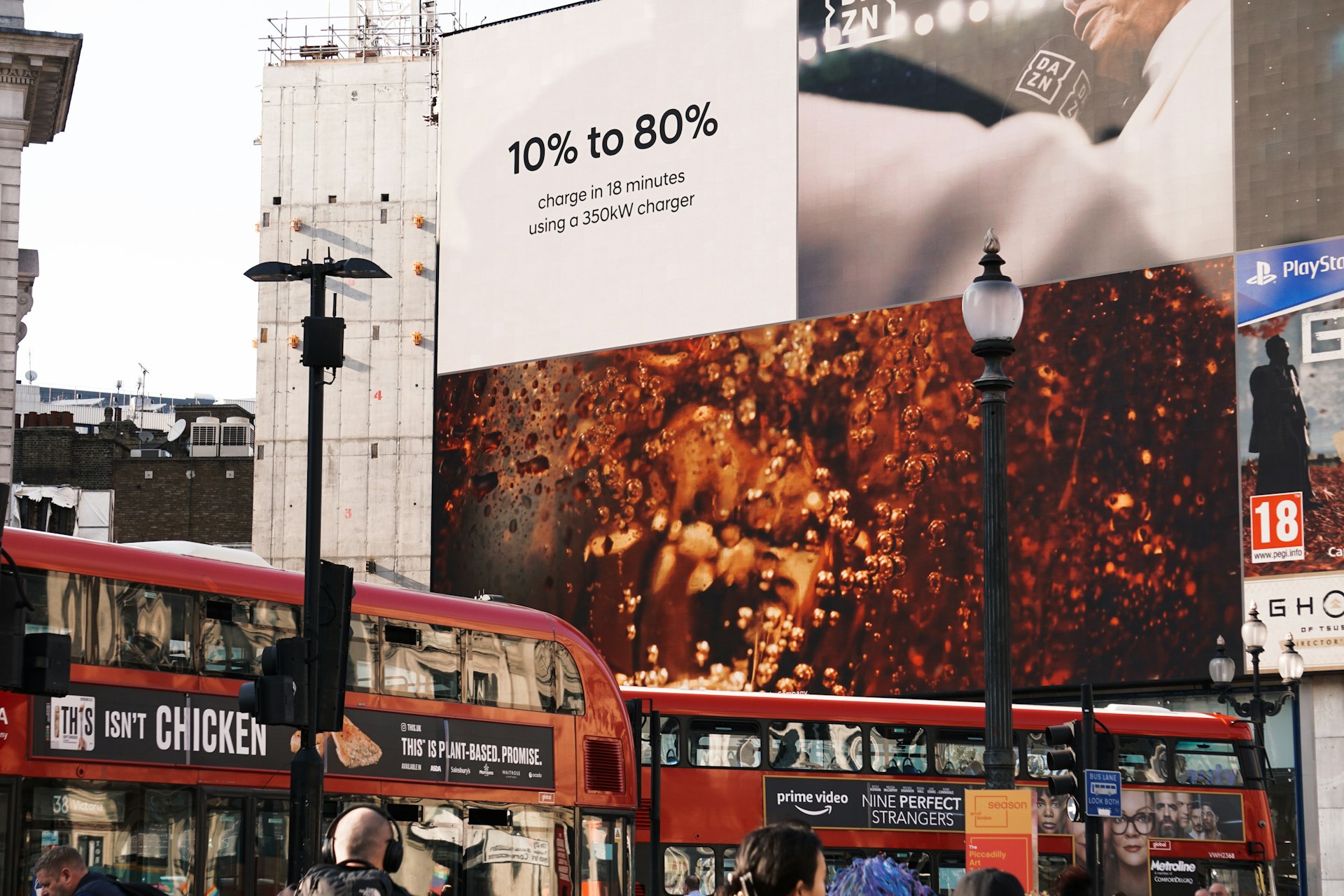Unlocking Customer Engagement: How Gamification Techniques Transform Marketing Campaigns

Photo by Joshua Hoehne on Unsplash
Introduction to Gamification in Marketing
In today’s digital landscape, brands face the constant challenge of capturing and retaining customer attention. Gamification techniques -the application of game design elements to non-game contexts-have rapidly emerged as a powerful way to engage, motivate, and reward consumers. By leveraging elements such as points, badges, leaderboards, and interactive challenges, businesses can transform routine marketing touchpoints into memorable experiences that foster loyalty and drive measurable results [1] . This article explores proven strategies, real-world success stories, and actionable steps for implementing gamification in marketing campaigns.

Photo by Igor Karimov 🇺🇦 on Unsplash
Understanding Gamification: Key Concepts and Benefits
Gamification involves integrating game mechanics -such as earning points, unlocking levels, and competing on leaderboards-into marketing activities. The primary goal is to make otherwise mundane interactions more enjoyable and compelling, thereby encouraging repeat engagement and fostering brand loyalty. Benefits include:
- Increased customer participation and time spent with the brand
- Stronger emotional connection and loyalty
- Valuable user data and behavioral insights
- Higher conversion rates and sales lift
For example, brands like Sephora, Nike, and McDonald’s have demonstrated that well-designed gamification campaigns can lead to both immediate sales spikes and long-term customer retention [1] [5] .
Core Gamification Techniques in Marketing Campaigns
1. Points, Badges, and Leaderboards
One of the most common approaches is the use of points systems and badges to reward participation. Customers earn points for actions such as making purchases, sharing content, or completing challenges, which can be redeemed for rewards or elevated status. Leaderboards introduce a competitive element, motivating users to engage more frequently to climb the ranks.
Example:
Cisco’s online community leverages points, badges, and leaderboards to encourage peer-to-peer support, resulting in a highly engaged and active user base
[1]
.
Implementation Steps:
- Define clear actions that will earn users points (e.g., purchases, referrals, content submissions).
- Create visible badges and status levels to acknowledge achievements.
- Deploy a public leaderboard to foster friendly competition, ensuring privacy and fairness.
Challenges: Overly complex systems can overwhelm users. Keep the mechanics simple and rewards meaningful. Regularly update challenges to sustain interest.
2. Tiered Loyalty Programs
Tiered programs provide escalating rewards based on customer activity. Each tier unlocks new benefits, incentivizing users to increase their engagement to reach higher levels.
Example:
Sephora’s Beauty Insider program uses a three-tier structure (Insider, VIB, Rouge), with perks ranging from birthday gifts to exclusive events. This approach keeps customers striving for the next level, leading to increased frequency and value of purchases
[1]
.
Implementation Steps:
- Segment program into clear, attainable tiers.
- Assign unique, desirable rewards to each tier.
- Communicate progress and benefits regularly through digital channels.
Alternative Approaches: Consider seasonal or time-limited tiers to generate urgency and excitement.
3. Interactive Games and Prize Incentives
Interactive games-such as spin-to-win wheels, trivia quizzes, or branded mini-games-invite users to participate for the chance to win rewards. These activities can reduce bounce rates, increase dwell time, and collect valuable data.
Example:
Fashion Nova’s ‘spin to win’ discount wheel offers instant prizes when visitors are about to leave the site, effectively reducing abandonment and increasing conversions
[2]
. Similarly, Brands For Less used a branded Flappy Bird mini-game during a key sale period, rewarding top scorers with prizes and capturing customer contact details
[3]
.
Implementation Steps:
- Choose a game format that aligns with your brand and audience-options include wheels, quizzes, or arcade-style games.
- Integrate the game into your website or app, making participation straightforward.
- Offer meaningful incentives, such as discounts, exclusive products, or entries into a prize draw.
- Clearly explain rules and how to claim prizes.
Potential Challenges: Ensure games are fair and compliant with local regulations regarding contests and data privacy. Provide alternative ways to participate for users who may have accessibility needs.
4. Social Sharing and Community Competition
Encouraging users to share achievements and compete within a community amplifies reach and deepens engagement. Social features, such as sharing badges or competing for top spots, create viral momentum.
Example:
Foursquare’s City Guide app popularized location-based check-ins, awarding badges and “mayorships” for frequent visits. This not only boosted app engagement but also drove brand awareness via social media
[5]
.
Implementation Steps:
- Enable easy sharing of achievements on social media platforms.
- Recognize top performers in public forums or newsletters.
- Host regular community challenges or team-based contests.
Alternative Approaches: Collaborate with influencers or partners to expand community reach and introduce themed challenges.
Real-World Case Studies: Gamification Success Stories
Many brands have achieved remarkable results through innovative gamification strategies. Here are a few standout examples:
- McDonald’s Monopoly: This annual campaign transforms meal purchases into a game, with customers collecting pieces for a chance to win prizes. The campaign has driven repeat visits and increased sales, especially after moving to a digital format [5] .
- Nike+ Fuelband: Nike’s wearable and app ecosystem gamifies physical activity with challenges, progress tracking, and community leaderboards, fostering both individual motivation and social connection [4] .
- Coca-Cola’s Shake It: In Hong Kong, Coca-Cola’s app-based campaign asked viewers to shake their phones during a TV ad for a chance to win prizes, blending traditional media with interactive engagement [4] .
These campaigns highlight the versatility of gamification-whether through digital apps, in-store experiences, or social challenges.
Step-by-Step Guidance for Implementing Gamification in Marketing
To design an effective gamified marketing campaign, consider the following roadmap:
- Identify Business Objectives: Clarify whether your goals are to boost engagement, increase sales, collect leads, or build brand loyalty.
- Understand Your Audience: Analyze your customer base to tailor game mechanics that resonate with their interests and motivations.
- Select Game Elements: Choose appropriate mechanics (points, levels, badges, leaderboards, etc.) and decide on the reward structure.
- Design the User Journey: Map out how users will enter, participate, and progress through the campaign. Ensure the experience is intuitive and rewarding at every step.
- Promote the Campaign: Use multiple channels-email, social media, website banners, and offline touchpoints-to maximize awareness and participation.
- Monitor and Optimize: Track user engagement, feedback, and outcomes. Adjust mechanics or rewards as needed to improve results.
Overcoming Challenges and Ensuring Compliance
While gamification can yield impressive results, it is crucial to address potential challenges:
- Complexity: Simplify the rules and onboarding process. Overcomplicated systems can deter participation.
- Reward Relevance: Offer prizes or benefits that genuinely appeal to your audience. Test and iterate based on feedback.
- Regulatory Compliance: Ensure all contests and data collection practices comply with relevant laws and regulations. Consult legal experts if unsure, especially for campaigns involving prizes or user data.
- Accessibility: Provide alternative participation methods for users with disabilities, and make sure digital interfaces are usable for all.
Alternative Approaches and Additional Resources
If direct gamification implementation is challenging, brands can partner with specialized agencies or platforms that offer customizable gamified experiences. Additionally, companies can leverage social media challenges, influencer collaborations, or user-generated content contests as alternatives to fully developed game-based mechanics.
For more information, you can explore industry blogs, attend marketing webinars, or consult with digital marketing agencies specializing in gamification. To find a reputable partner, search for “gamification marketing agencies” or review case studies on established industry resource sites.
Conclusion: Driving Engagement and Loyalty Through Gamification
Gamification reshapes the way brands interact with consumers, turning everyday marketing campaigns into dynamic, interactive experiences. By thoughtfully integrating game mechanics, companies can achieve higher engagement, foster loyalty, and gain valuable insights into customer behavior. Whether via points programs, in-app games, or community challenges, gamification offers practical pathways to stand out in a crowded marketplace.
References
- [1] Khoros (2024). What is gamification marketing and 6 examples from top brands.
- [2] Uniqodo (2023). The 12 Best Gamification Campaigns and Why They Excelled.
- [3] Adact (2023). 3 Gamification Marketing Case Studies with Examples.
- [4] Yu-kai Chou (2022). Top 10 Marketing Gamification Cases You Won’t Forget.
- [5] Mailchimp (2024). Using Gamification Marketing Techniques.
MORE FROM eboxgo.com













